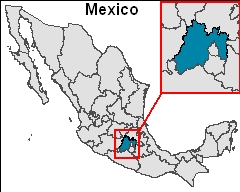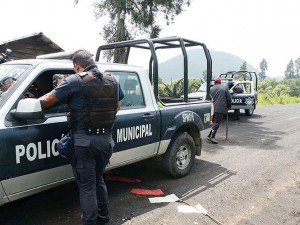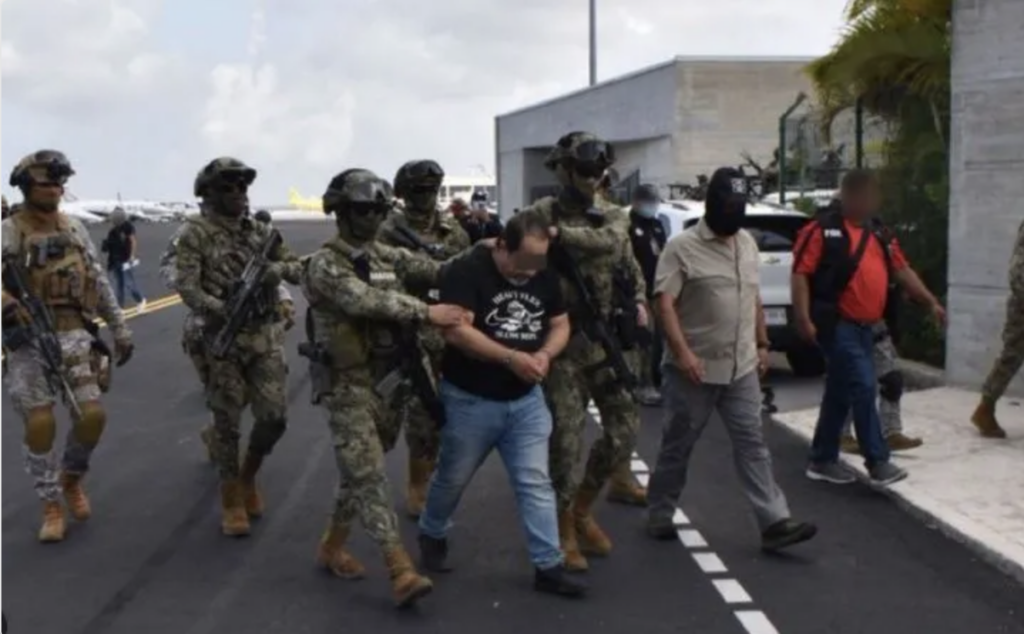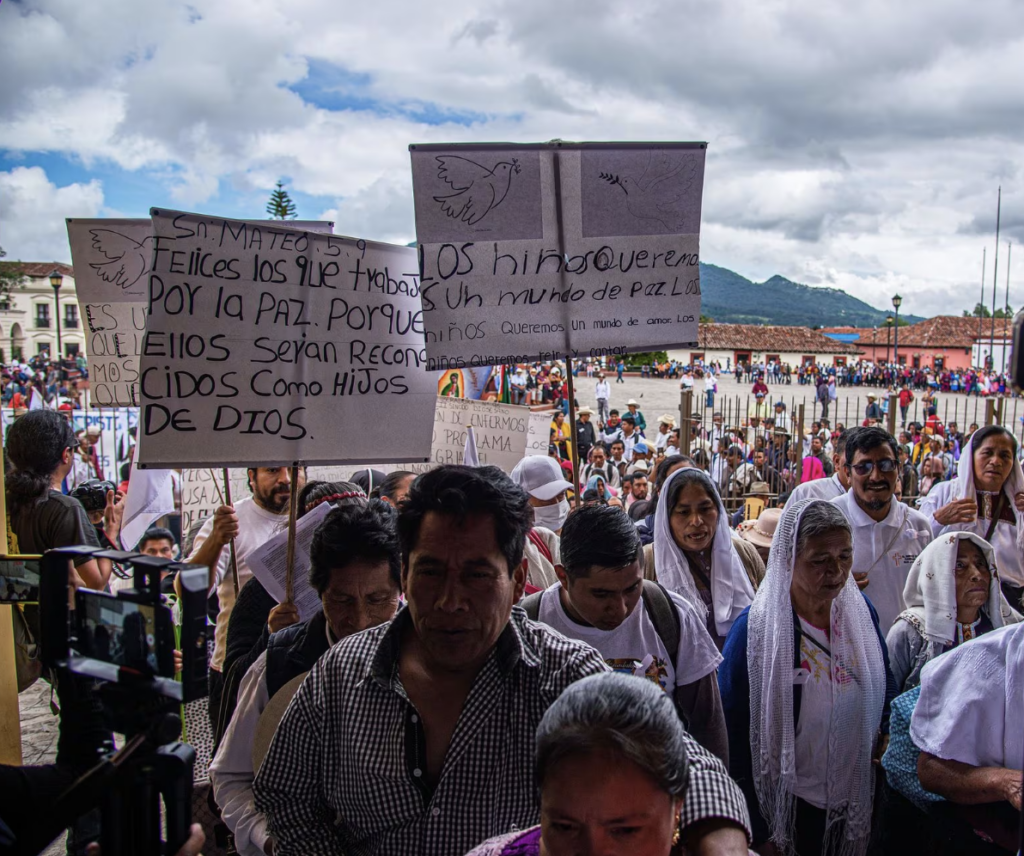
09/10/14 — Over four months after the federal government launched Operation Secure Mexico (Operativo Mexiquense Seguro) in the State of Mexico (Estado del México, Edomex), reports indicate that the government’s security strategy has decreased levels of crime and violence in that state. According to data from Mexico’s Secretary General of National Public Security (Secretariado Ejecutivo del Sistema Nacional de Seguridad Pública, SESNSP), the deployment of over 4,000 federal forces in April 2014 has decreased crime and violence in Edomex by 7.8% when comparing the number of cases documented in January and June. Crime rates in Edomex held rather steady in the first third of 2014, with 21,666 documented crimes in January; 20,411 in February; 22,656 in March; and 21,014 in April. After troops were deployed in April, levels remained at 21,524 in May, and then dropped to 19,958 in June. Of the 127,229 crimes reported between January and June, robbery with or without violence topped the list with 45,310 such cases reported, followed by assaults (24,351 cases), homicides (2,009), extortion (562), and kidnapping (80).
The Peña Nieto administration began Operation Secure Mexico following a request in March by Edomex Governor Eruviel Ávila Villegas calling for the government’s support to quell high levels of crime and violence, and strengthen public security efforts. The ongoing operation led by Federal Police (Policía Federal, PF) and military troops receives support from municipal police, the Secretary of Citizen Security (Secretaría de Seguridad Ciudadana, SSC), the State Attorney General’s Office (Procuraduría General de Justicia del Estado, PGJE), the Secretary of National Defense (Secretaría de la Defensa Nacional, SEDENA), the Secretary of the Navy (Secretaría de Marina-Armada, SEMAR), the National Security Commission (Comisión Nacional de Seguridad, CNS), and the Center of Investigation and National Security (Centro de Investigación y Seguridad Nacional, CISEN).
The Edomex security strategy, which is similar to those in Michoacán and Tamaulipas, is largely a result of the presence of organized crime groups (OCGs) in the state, with groups like the Knights Templar Organization (Caballeros Templarios, KTO), Gulf Cartel (Cártel del Golfo, CDG), Beltrán Leyva Organization (BLO), and La Familia Michoacana in half of Edomex’s municipalities, particularly those bordering Mexico City, Morelos, and Guerrero. It is important to note, too, that Edomex has also seen a rise in self-defense groups (grupos de autodefensa), paralleling those in Michoacán, though on a smaller scale. It is not clear if such groups have contributed any to the recent decrease in crime rates, but they nevertheless share many similarities with those of Michoacán, explains Proceso. In a translation by Mexico Voices, José Gil Olmos wrote in June, “In both [states], organized crime has spread until it controls entire regions; in both, the authorities have become corrupted, leaving the population adrift; and in both, the military and police strategy to combat organized crime has failed.”

Nevertheless, Operation Secure Mexico continues, hoping to further decrease levels of crime and violence from those reported by the SESNSP. More recently the strategy has led to the takedown of four presumed Knights Templar members, including one of the KTO leaders known as El Rastrojo. On Monday, September 8, a group of armed men allegedly attacked a Base for Mixed Operations (Base de Operación Mixta, BOM) in the southern municipality of Amatepec—one of the 56 such official facilities established throughout Edomex as part of the security strategy. State Secretary General José Manzur Quiroga confirmed that four men were killed in the attack after the military responded.
As part of the strategy, police forces throughout Edomex are also undergoing training to form part of an “elite” force, which will be operational by April 2015. The force will be made up of agents ages 18 to 30 that have their degree, or at least in the process of completing their degree, and that have passed the vetting exams, including psychological, physical, and academic testing. More than 4,000 cadets enrolled in August for the eight-month training—a training that receives support from international police agents in Chile, Argentina, and the United States. Still, a report from La Jornada, however, suggests that the recruitment and training process has not been without challenges. Of the 500 municipal police from 13 Edomex municipalities that enrolled in August’s training, “the majority” of them have already deserted the force, “presumably having connections with organized crime.” If true, such a situation suggests that despite the progress the Edomex security strategy has made in somewhat decreasing the crime and violence, there is still work to be done.
Sources:
Olmos, José Gil. “Las autodefensas mexiquenses.” Proceso. June 18, 2014.
“Self-Defense Groups Grow in State of Mexico.” Mexico Voices. June 19, 2014.
García, Sandra. “Prepara Edomex cuerpo policial de élite.” Terra México. September 8, 2014.
Redacción. “Abaten a ‘El Rastrojo’, jefe de plaza de Templarios.” Proceso. September 8, 2014.




